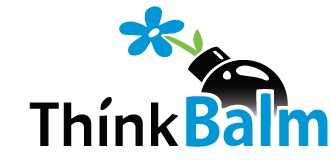Immersive software for meetings will expand the information worker toolkit
Immersive software can deliver a similar level of engagement as a physical meeting or high-end telepresence session, without the requirement to travel. Enterprise immersive software vendors have suffered something of a catch-22 as they built products that show off the potential of immersive technology. They added tightly integrated communication and collaboration features, even though these features are redundant with existing information worker infrastructure. Immersive software features that are also part of more established information worker software include voice services, messaging (real-time and asynchronous), presence awareness, team workspaces, video streaming and sharing, and document and screen sharing. As more organizations adopt immersive software, the time will come to tackle one of the second-stage barriers we’ve discussed before: integrating these new capabilities into their existing software investments? We anticipate that integration will be a major focus of early adopters in 2010.
Immersive software for meetings will:
- Extend the reach of existing investments with new features and functionality. It is helpful to think about immersive technology as the front end of the wave of communications and collaboration tools, with an emphasis on engagement (see figure). Immersive software provides features other forms of information worker software don’t — like a 3D interface (in most cases), avatars (in most cases), unification of collaboration and communication services, more sophisticated non-verbal communication (e.g., gestures and animations), and a strong sense of presence. Immersive technology isn’t about replacement, but expanding and extending the toolkit. Immersive Internet advocates should try to position their investments in immersive software for meetings within the broader information worker infrastructure context.
- Integrate with existing communication and collaboration tools. We are starting to see vendors design or add function to their products to achieve integration with existing systems. For example: Amphisocial has built direct integration with Google Docs and Spreadsheets. ProtonMedia has integrated with Microsoft Office SharePoint Server 2007. Teleplace provides drag-and-drop integration with OpenOffice.org documents (and can provide this for Microsoft Office documents as well). Several vendors (ARI, Forterra, and Sun Microsystems) provide the ability to call a telephone from within the environment. Sun and VastPark provide a session initiation protocol (SIP) interface.
